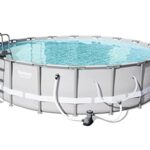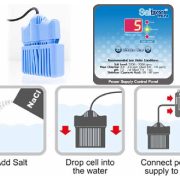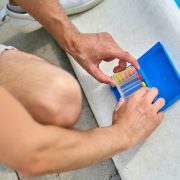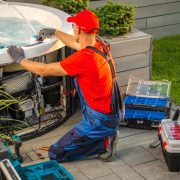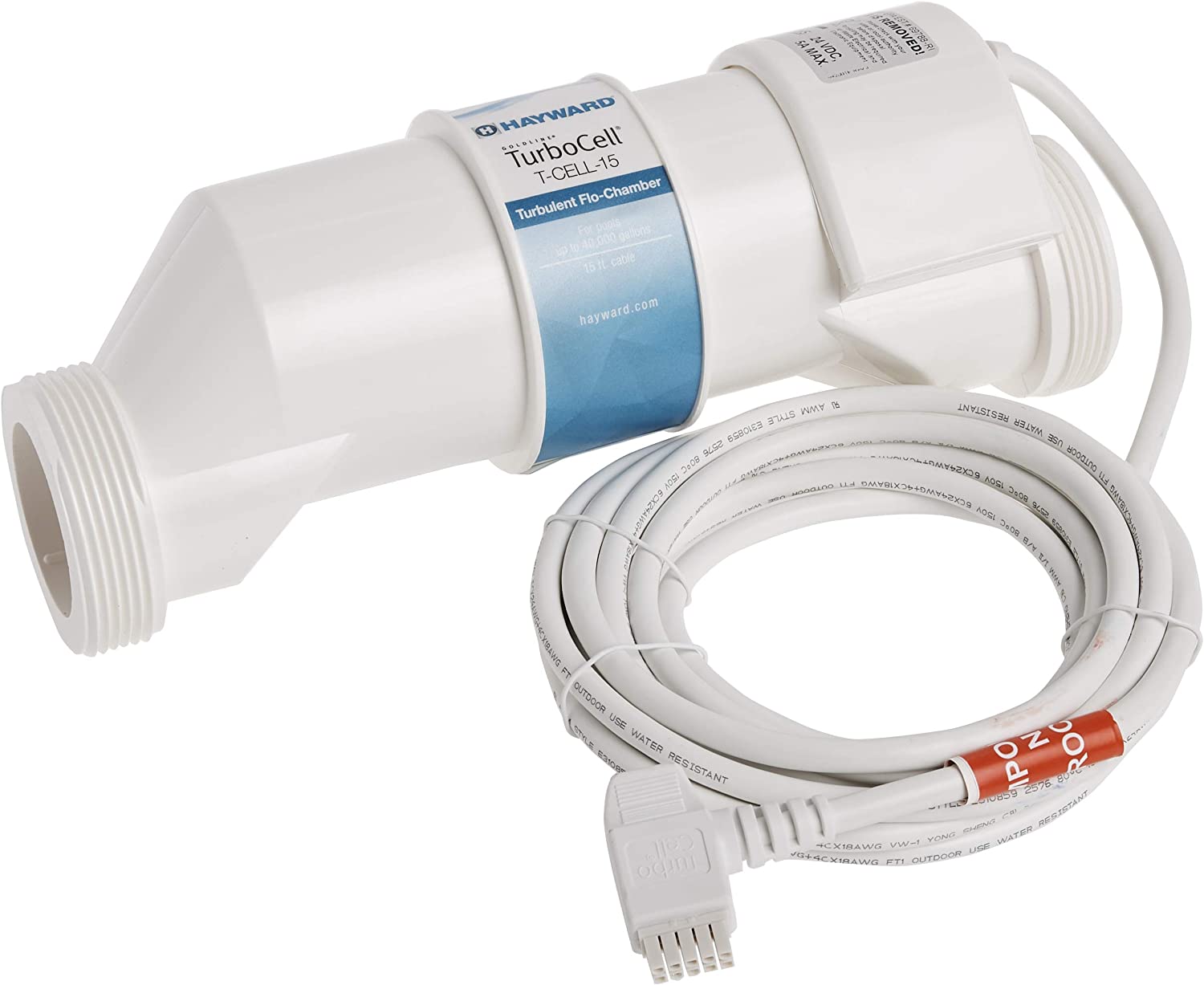
The Complete Guide to Saltwater Pool Maintenance: Tips for Crystal-Clear Water All Season Long
Saltwater pools have gained popularity in recent years due to their softer feel and lower chemical maintenance requirements compared to traditional chlorine pools. However, proper maintenance is still essential to keep your saltwater pool clean, clear, and inviting for swimming. In this comprehensive guide, we’ll explore the ins and outs of saltwater pool maintenance, including tips and best practices to help you enjoy crystal-clear water all season long.
Understanding Saltwater Pool Maintenance:
Unlike traditional chlorine pools, saltwater pools use a chlorine generator, also known as a salt chlorinator, to produce chlorine from dissolved salt in the water. While saltwater pools require less frequent additions of chlorine compared to traditional pools, they still require regular maintenance to ensure optimal water quality and safety.
Tips for Saltwater Pool Maintenance:
- Monitor Salt Levels: Regularly test the salt levels in your pool using a salt test kit or electronic salt meter. The ideal salt level for most saltwater pools is between 2,500 to 3,500 parts per million (ppm). Add salt as needed to maintain the recommended range.
- Check Chlorine Levels: Although salt chlorinators generate chlorine automatically, it’s important to monitor chlorine levels regularly using a test kit or electronic tester. Aim for a chlorine level between 1 to 3 ppm to ensure effective sanitation.
- Balance pH Levels: Maintain proper pH levels in your pool by testing the water weekly and adjusting as needed using pH increaser (sodium carbonate) or pH decreaser (muriatic acid). The ideal pH range for saltwater pools is between 7.2 to 7.6.
- Inspect and Clean the Chlorine Generator: Periodically inspect the salt chlorinator cell for any buildup of scale or debris. Clean the cell as needed using a mild acid solution (vinegar or muriatic acid) to remove scale and maintain efficient chlorine production.
- Backwash and Clean the Filter: Regularly backwash or clean your pool filter according to the manufacturer’s recommendations to remove dirt, debris, and contaminants from the water. Clean cartridge filters with a hose or filter cleaner solution, and backwash sand filters as needed to maintain proper filtration.
- Skim and Vacuum Debris: Use a skimmer net to remove leaves, insects, and other debris from the surface of the pool regularly. Additionally, vacuum the pool floor and walls weekly to remove sediment and prevent algae growth.
- Shock the Pool Periodically: Occasionally shock the pool with a non-chlorine shock or oxidizing shock treatment to oxidize organic contaminants and maintain water clarity. Follow the manufacturer’s instructions for dosage and application.
- Inspect and Maintain Equipment: Check pool equipment, including pumps, motors, and valves, regularly for signs of wear or damage. Lubricate o-rings and gaskets as needed, and schedule routine maintenance or repairs as necessary.
- Winterize the Pool: If you live in a region with cold winters, winterize your saltwater pool to protect it from freezing temperatures. Lower the water level, clean and winterize the equipment, and add winterizing chemicals as recommended by a pool professional.
Conclusion:
Maintaining a saltwater pool requires regular attention to ensure optimal water quality and safety for swimmers. By following these tips and best practices for saltwater pool maintenance, you can enjoy crystal-clear water and a hassle-free swimming experience all season long. Remember to test water chemistry regularly, clean and maintain equipment, and address any issues promptly to keep your saltwater pool in top condition. With proper care and maintenance, your saltwater pool will provide endless enjoyment for years to come.

